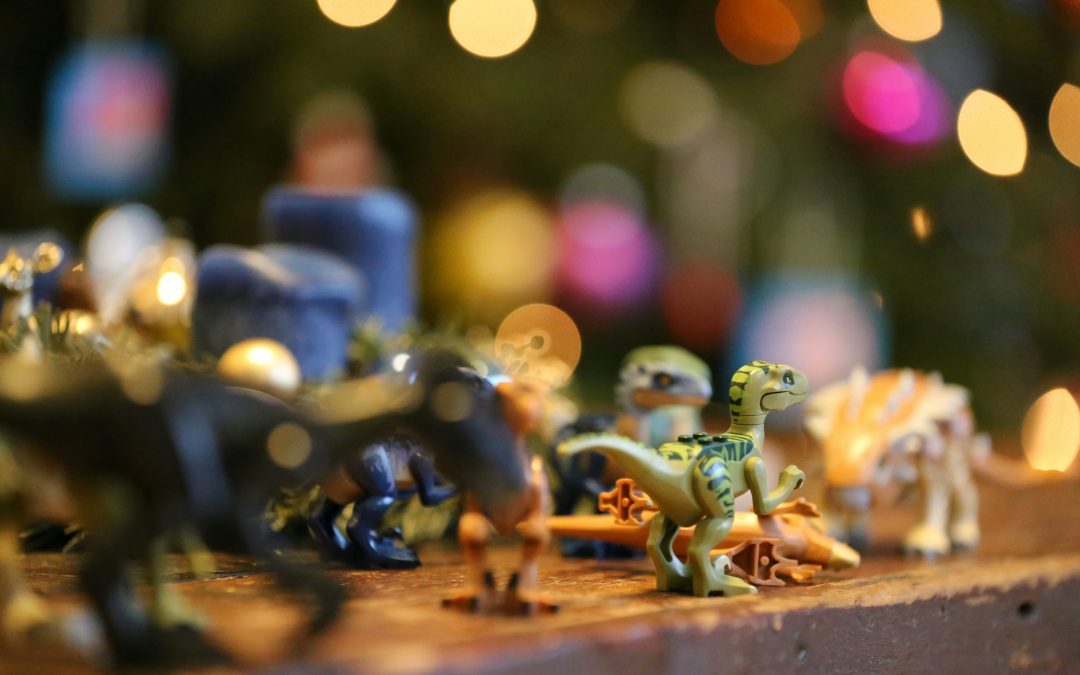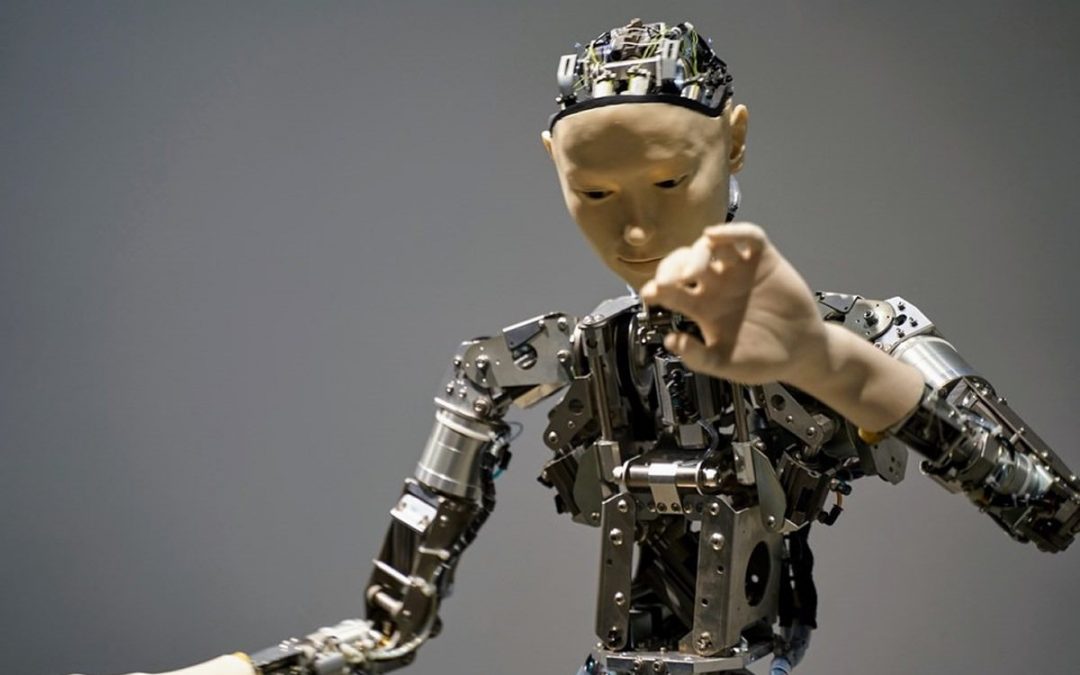
by Kay Spare Login | Feb 13, 2024 | be well, heart, mental health, mind-body, neurology, resilience, strategy, workingwithkids
The fierce Dinosaur was trapped inside his cage of ice. Although it was cold, he was happy in there. It was, after all, his cage.
Then along came the Lovely Other Dinosaur.
The Lovely Other Dinosaur melted the Dinosaur’s cage with kind words and loving thoughts.
“I like this Dinosaur,” thought the Lovely Other Dinosaur. “Although he is fierce he is also tender and he is funny. He is also quite clever though I will not tell him this for now.”
“I like this Lovely Other Dinosaur,” thought the Dinosaur. “She is beautiful and she is different and she smells so nice. She is also a free spirit which is a quality I much admire in a dinosaur.”
“But he can be so distant and so peculiar at times,” thought the Lovely Other Dinosaur. “He is also overly fond of things. Are all Dinosaurs so overly fond of things?”
“But her mind skips from here to there so quickly,” thought the Dinosaur. “She is also uncommonly keen on shopping. Are all Lovely Other Dinosaurs so uncommonly keen on shopping?”
“I will forgive his peculiarity and his concern for things,” thought the Lovely Other Dinosaur, “for they are part of what makes him a richly charactered individual.”
“I will forgive her skipping mind and her fondness for shopping,” thought the Dinosaur, “for she fills our life with beautiful thoughts and wonderful surprises. Besides, I am not unkeen on shopping either.”
Now the Dinosaur and the Lovely Other Dinosaur are old. Look at them. Together they stand on the hill telling each other stories and feeling the warmth of the sun on their backs.
And that, my friends, is how it is with love.
Let us all be Dinosaurs and Lovely Other Dinosaurs together. For the sun is warm. And the world is a beautiful place.

by Kay Cooke | Feb 28, 2022 | work well
Do you know Alexa, the virtual AI assistant (small electronic hub that talks to you) bringing lightning-fast connection between you and the internet? The protocol for this type of interaction is simple – YOU have to speak AI language, articulating precisely what you want, then you get instant results.
“Alexa, what is the time?”
“Alexa, play relaxing music”
“Alexa, what is the weather forecast for London, tomorrow?”
“Alexa, stop!”
Does this level of word precision sound familiar?
Reminds me of our NLP work where we look at structures of communication and learn to use precise communication to get precise results. That clears up misunderstanding when ‘meaning’ can get distorted, confusing the message.
So, what happens when someone doesn’t speak AI and tries to communicate on their terms …
Angry Ally got mad with Alexa who repeated “I’m sorry, I don’t understand that.” Ally blamed Alexa’s lousy programming for not delivering the result he wanted, and the AI was swiftly dispatched to the bin.
Nice Nanna’s attempts of asking “Alexa please, if you wouldn’t mind, I’d like you to play X” left her feeling depressed and useless because the receiver got confused with all those words and zoned out. Even “please would you stop playing that now, Alexa” got no result.
Because AI speaks in code and signals, following a programme and there are no routes for making assumptions or ‘trying’ to deliver.
Smart Sam was curious about which verbal requests worked best and soon found the precise results he wanted. By adapting to the receiver’s programme, he soon got to discover more benefits of this new relationship. That put him in firmly in charge.
Unfortunately, Ally refused to adapt and remained in battle mode on a mission to prove he was right, while Nanna felt a failure by the thought that she was wrong. Both stuck to their own kind of music, both making their own misery by rubbishing another or pitying self.
You see, when the language of engagement is precise, look out for lightning-fast results. Learn how to tune in to the language codes of your friends and colleagues and make life smoother, easier, and happier. Wait – you did know that we all speak through different codes, didn’t you? Of course, you know your kind of language for sure, but there’s always room for improvement …




Recent Comments